Home>Ideas and Tips>Upgrading Your Home’s Crawl Space For Better Insulation
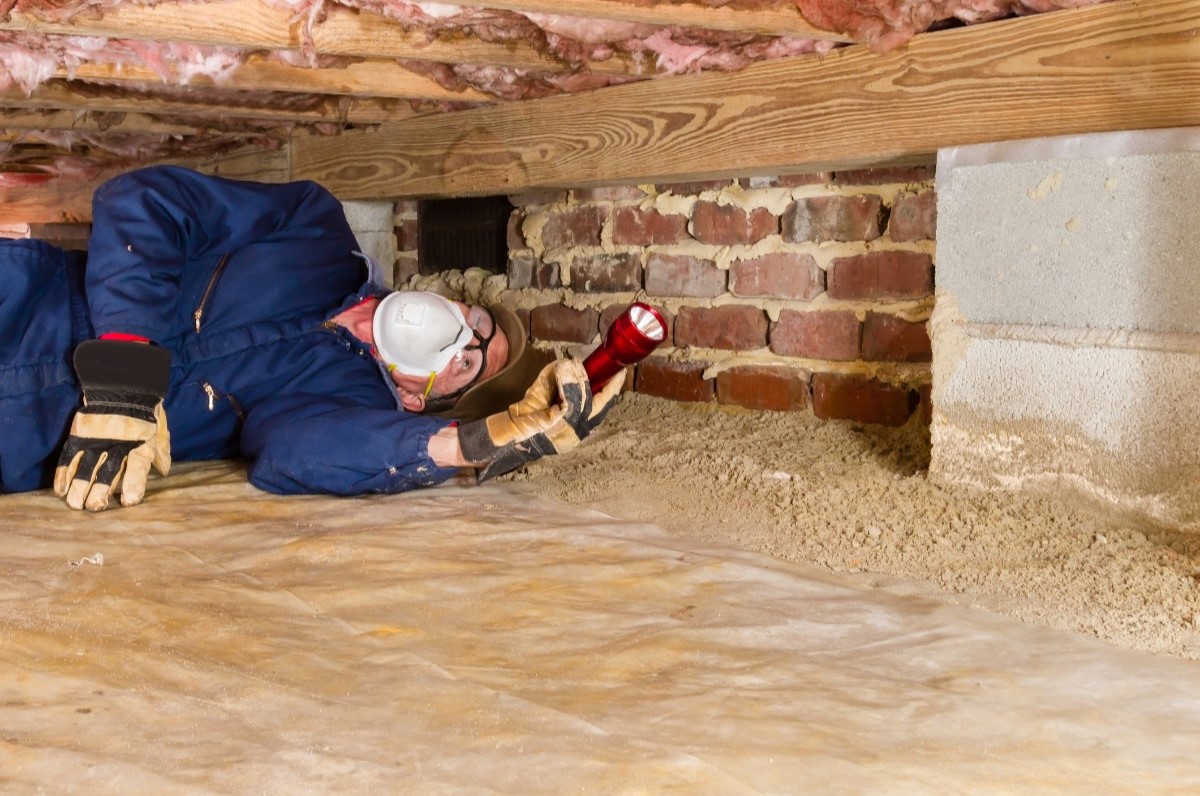

Ideas and Tips
Upgrading Your Home’s Crawl Space For Better Insulation
Modified: October 18, 2024
Improve your home's energy efficiency and indoor air quality by upgrading your crawl space insulation. Learn methods, benefits, and step-by-step guidance.
(Many of the links in this article redirect to a specific reviewed product. Your purchase of these products through affiliate links helps to generate commission for Storables.com, at no extra cost. Learn more)
Introduction
The crawl space, often overlooked but crucial for the overall comfort and energy efficiency of your home, is a critical area that requires attention. Insulating your crawl space can significantly improve your home's performance, reduce energy bills, and enhance indoor air quality. In this article, we will delve into the importance of insulating your crawl space, discuss various methods and benefits, and provide a step-by-step guide on how to upgrade your crawl space for better insulation.
Read more: Which Is Better: Slab Or Crawl Space
Why Insulate Your Crawl Space?
Energy Efficiency
Insulating your crawl space is essential for maintaining a comfortable indoor environment and reducing energy costs. Proper insulation helps control indoor temperatures by preventing excessive heating or cooling. This is particularly important during extreme weather conditions when your HVAC system works harder to maintain a consistent temperature. By insulating the crawl space, you can enjoy significant energy savings, which can translate to lower monthly bills and a more sustainable living environment.
Moisture Control
Moisture is a significant concern in crawl spaces, as it can lead to water damage, mold growth, and wood rot. Insulation helps prevent moisture buildup by creating a barrier between the ground and your home's foundation. This is crucial in humid climates where moisture can accumulate quickly. By controlling moisture levels, you can reduce the risk of mold and mildew growth, ensuring a healthier and more durable home.
Pest Prevention
A well-insulated crawl space acts as an obstruction to pests like rodents and insects. These unwanted visitors often find their way into homes through crawl spaces, where they can nest and cause damage. Insulation eliminates the warm and humid environment that typically attracts pests, making it difficult for them to survive. This not only protects your home from damage but also enhances indoor air quality by reducing the presence of allergens and pollutants.
Read more: Upgrading Your Home’s Insulation DIY Tips
Improved Air Quality
Insulating your crawl space improves indoor air quality by preventing pollutants and allergens from getting trapped inside. The space between your floor and the ground is sealed off, reducing the risk of airborne irritants that can exacerbate allergies or asthma. According to the Environmental Protection Agency, indoor air can be up to five times more polluted than outdoor air. By insulating your crawl space, you can mitigate this issue and promote a healthier indoor environment.
Methods of Insulating a Crawl Space
Ventilated vs. Unventilated Crawl Spaces
Older homes typically have ventilated crawl spaces, while newer houses are often built with unventilated crawl spaces. The method of insulation varies depending on whether your crawl space is ventilated or not.
Ventilated Crawl Spaces
For ventilated crawl spaces, it is recommended to insulate between the floor joists. This involves rolling out fiberglass insulation and securing it against the subfloor. It is crucial to seal all gaps on the floor over your crawl space to prevent unwanted air leaks from infiltrating your living spaces. Additionally, sealing seams tight helps fend off any winds trying to make their way in.
Unventilated Crawl Spaces
Unventilated crawl spaces require that you seal and insulate the foundation walls but not the subfloor. This involves encapsulating the crawl space by sealing it with a vapor barrier and insulating the walls. Encapsulation protects your utilities from water, moisture, and mold, making it difficult for pests to get inside.
Steps to Insulate a Crawl Space
Step 1: Clean and Prepare the Area
Before starting any insulation project, it is essential to clean and prepare the area. Remove any debris, old insulation, or vapor barriers that may be present. This ensures a clean slate for your new insulation and helps identify any potential issues.
Step 2: Seal Gaps and Cracks
Seal all gaps and cracks on the floor over your crawl space using caulk or spray foam. This prevents unwanted air leaks from infiltrating your living spaces and ensures that your insulation works efficiently.
Step 3: Insulate Between Floor Joists
For ventilated crawl spaces, roll out fiberglass insulation between the floor joists. Secure it against the subfloor using mechanical fasteners to ensure its lifespan and effectiveness over time. Seal all seams meticulously to prevent air leaks.
Step 4: Envelop with Vapor Barrier
Envelop the insulation with a house wrap or vapor barrier. This protective layer enhances the insulation’s performance by adding an extra shield against external elements. Seal all seams meticulously, locking in the insulation benefits. To add a finishing touch, cover the retarder with a thin layer of sand for an extra layer of protection. Avoid crushed gravel as it might jeopardize the material’s integrity.
Read more: How To Insulate A Crawl Space Door
Step 5: Insulate Foundation Walls (for Unventilated Spaces)
For unventilated crawl spaces, insulate the foundation walls. This involves sealing the crawl space with a vapor barrier and then installing insulation on the walls. Ensure that all seams are sealed tightly to prevent moisture buildup and air leaks.
Step 6: Test and Monitor
After completing the insulation project, test the crawl space for any air leaks or moisture issues. Monitor both the crawl space and the first floor for radon levels, as encapsulation can affect indoor air quality.
Considerations for Upgrading Your Crawl Space
Initial Cost vs. Long-Term Savings
While the upfront cost of insulation materials and installation may seem daunting, the long-term energy savings often outweigh it. Proper insulation can save up to 18% on your energy bills, making it a smart investment for your home.
Vapor Barrier Considerations
In humid climates, the installation of a vapor barrier is essential. This adds an extra step to the insulation process but is crucial for preventing moisture buildup and ensuring the longevity of your insulation.
Access Challenges
Crawl space insulation may complicate access to utilities, making it more challenging to perform maintenance or repairs. However, this is a minor trade-off for the significant benefits that come with proper insulation.
Case Study: Upgrading a Crawl Space
David Meyer’s Seattle-area home is built over a crawl space, which he is upgrading by re-insulating and sealing the area. After stripping out the old insulation and vapor barrier, Meyer is leaning toward encapsulation, meaning sealing the crawl space (unvented) with insulation on the walls rather than between the floor joists. He has 18 inches of clearance to work with and is considering a switch to a gas-fired forced-air system, which would heat the space and not require insulated ductwork.
Meyer’s questions about whether to locate the furnace in the crawl space or attic and how to mitigate radon hazards are common concerns when upgrading a crawl space. Encapsulation protects utilities from water, moisture, and mold, making it difficult for pests to get inside. However, it is crucial to monitor both the crawl space and first floor for radon levels as encapsulation can affect indoor air quality.
Conclusion
Upgrading your home's crawl space for better insulation is a strategic move toward a cozier and energy-efficient living space. By following the steps outlined above and considering the specific needs of your home, you can enjoy significant energy savings, improved indoor air quality, and enhanced comfort. Whether you have a ventilated or unventilated crawl space, proper insulation is essential for maintaining a healthy and durable home. Remember that while the initial cost may seem high, the long-term benefits far outweigh it, making crawl space insulation a smart investment for any homeowner looking to improve their home's overall performance.
References
- GreenBuildingAdvisor. "Upgrading a Crawl Space." GreenBuildingAdvisor, 19 Dec. 2016, https://www.greenbuildingadvisor.com/article/upgrading-a-crawl-space.
- Intermountain West Insulation. "Crawl Space Insulation In Eastern Washington." Intermountain West Insulation, https://iwinsulation.com/insulation/crawl-space/.
- Home Comfort Experts. "Crawl Space Insulation Tips." Home Comfort Experts, https://www.homecomfortexpertsinc.com/blog/crawl-space-insulation-tips/.
- Groundworks. "Crawl Space Insulation: 6 Steps to Reduce Energy Bills." Groundworks, https://www.groundworks.com/resources/what-goes-into-insulating-a-crawl-space/.
Was this page helpful?
At Storables.com, we guarantee accurate and reliable information. Our content, validated by Expert Board Contributors, is crafted following stringent Editorial Policies. We're committed to providing you with well-researched, expert-backed insights for all your informational needs.
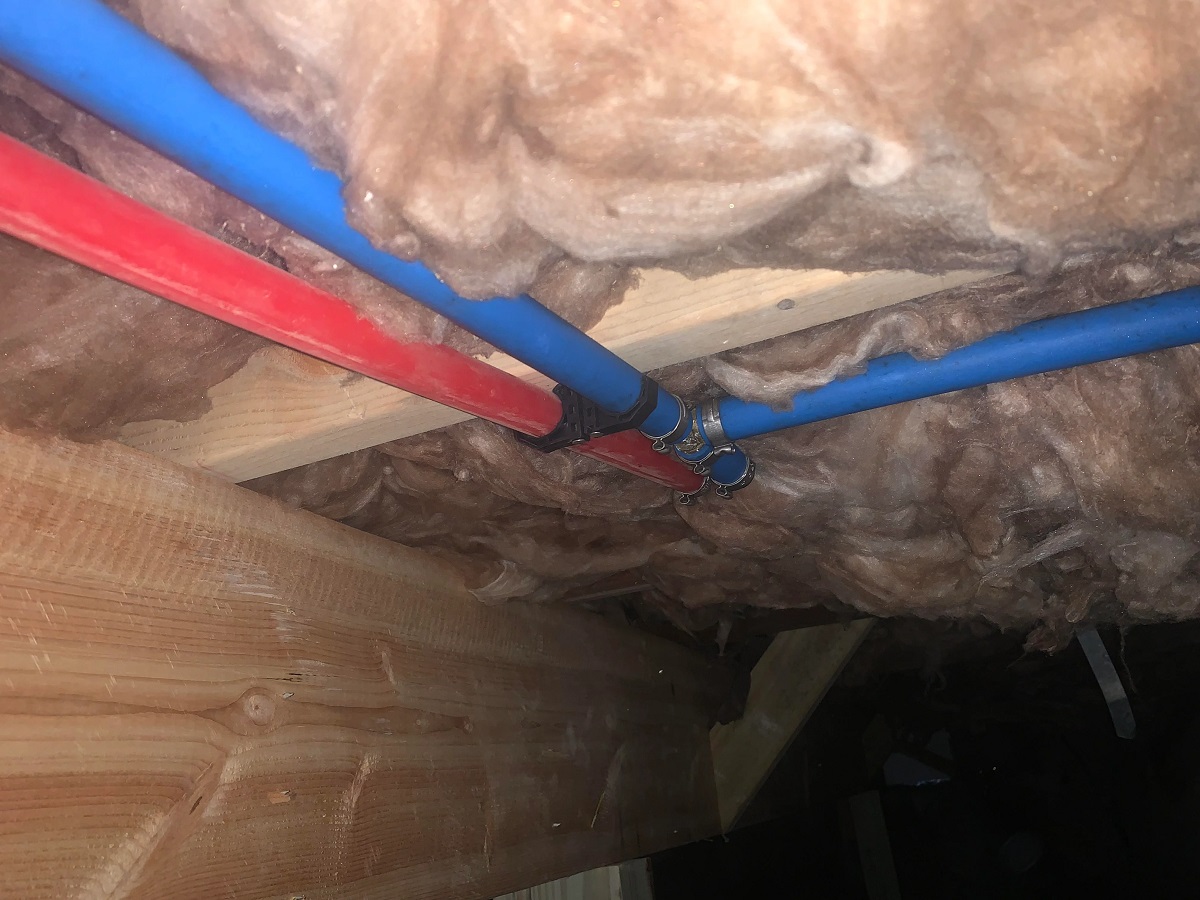
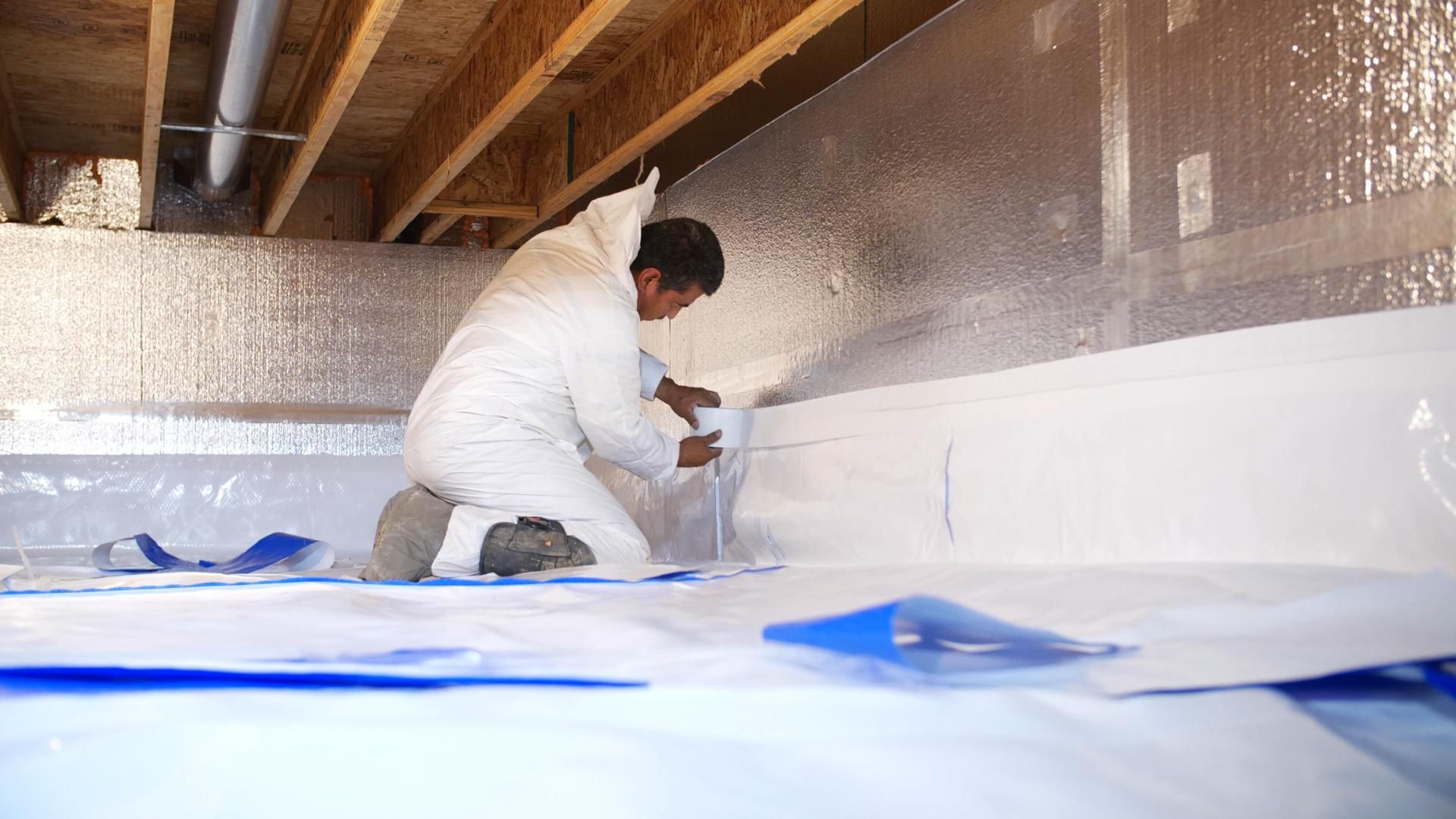
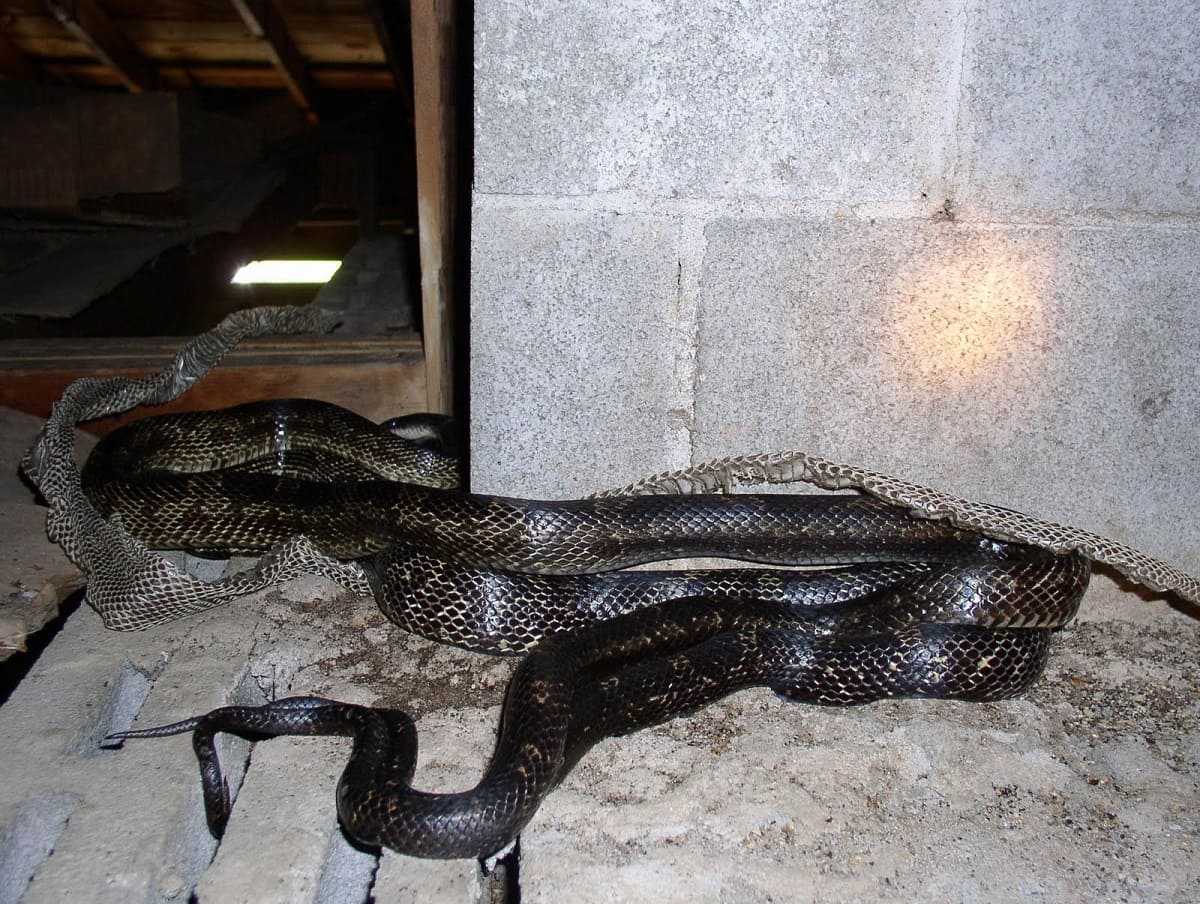
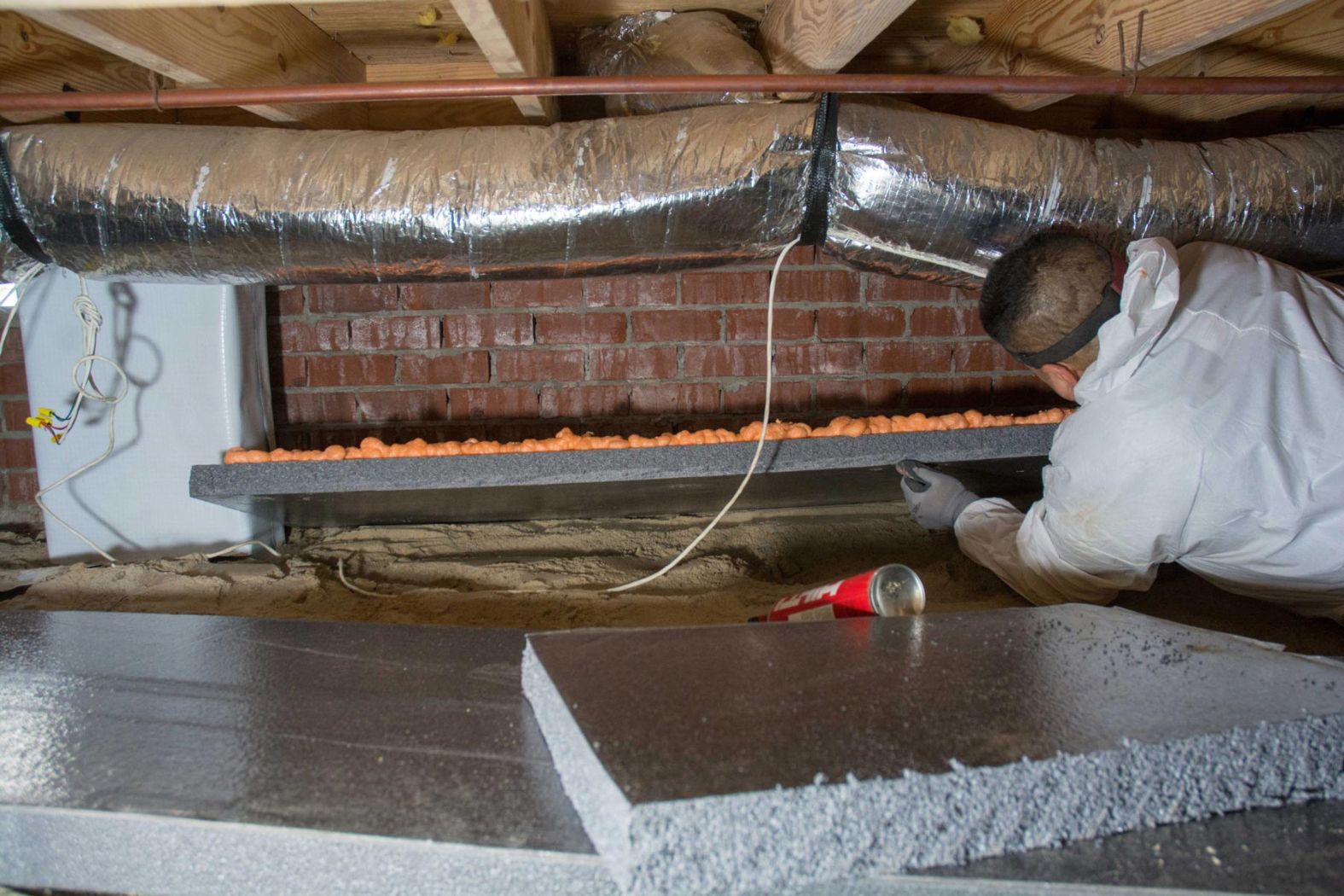
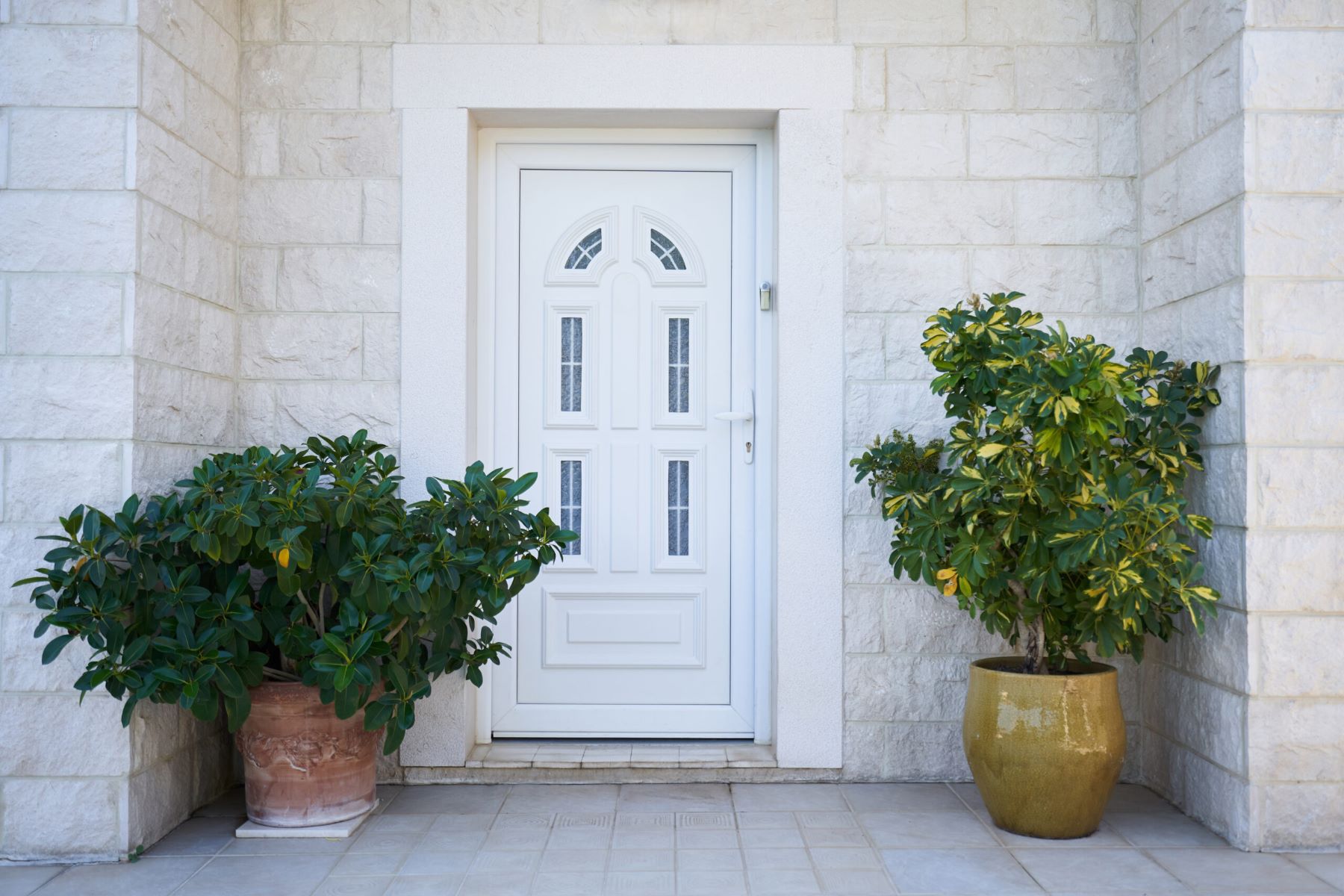
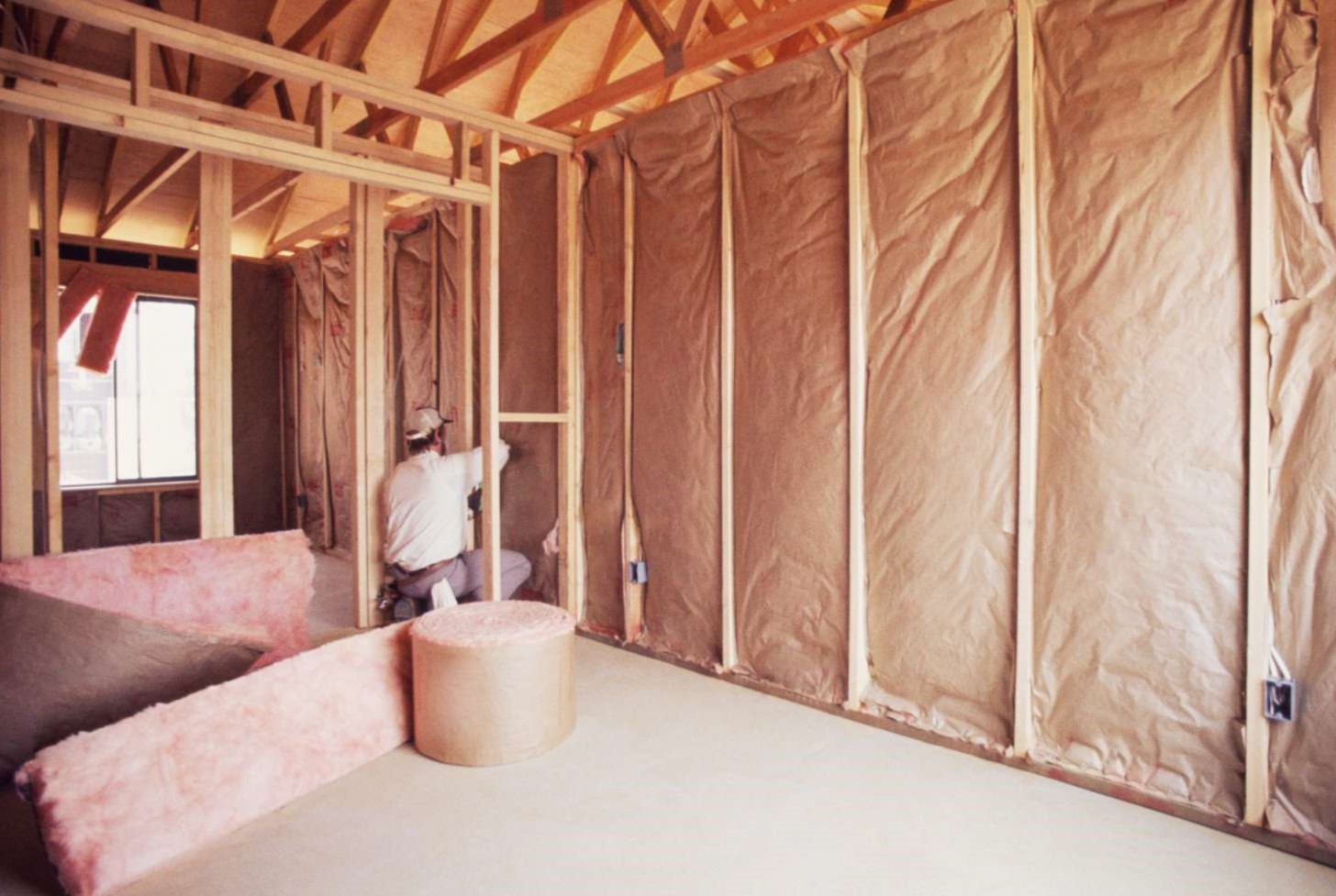
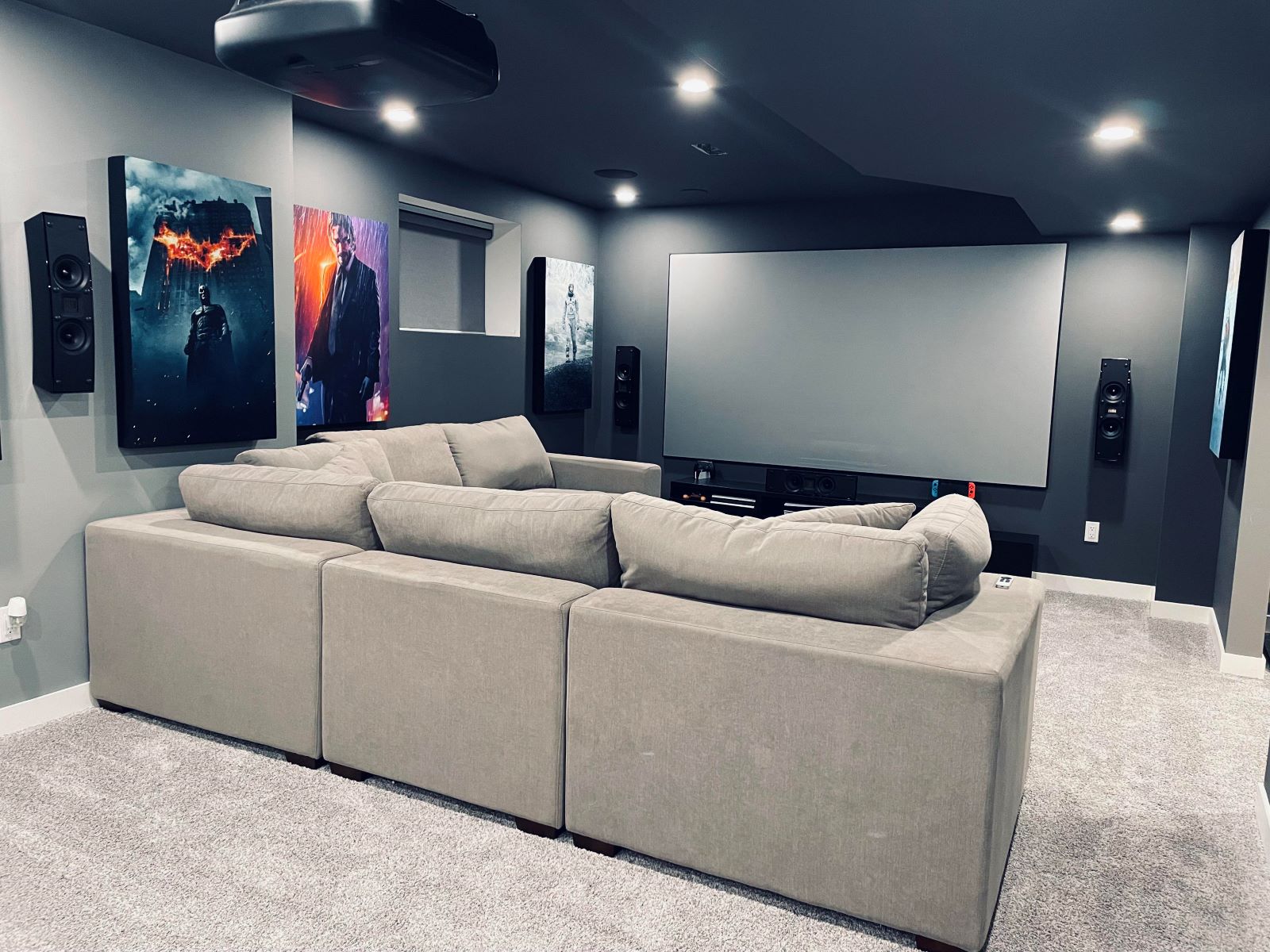
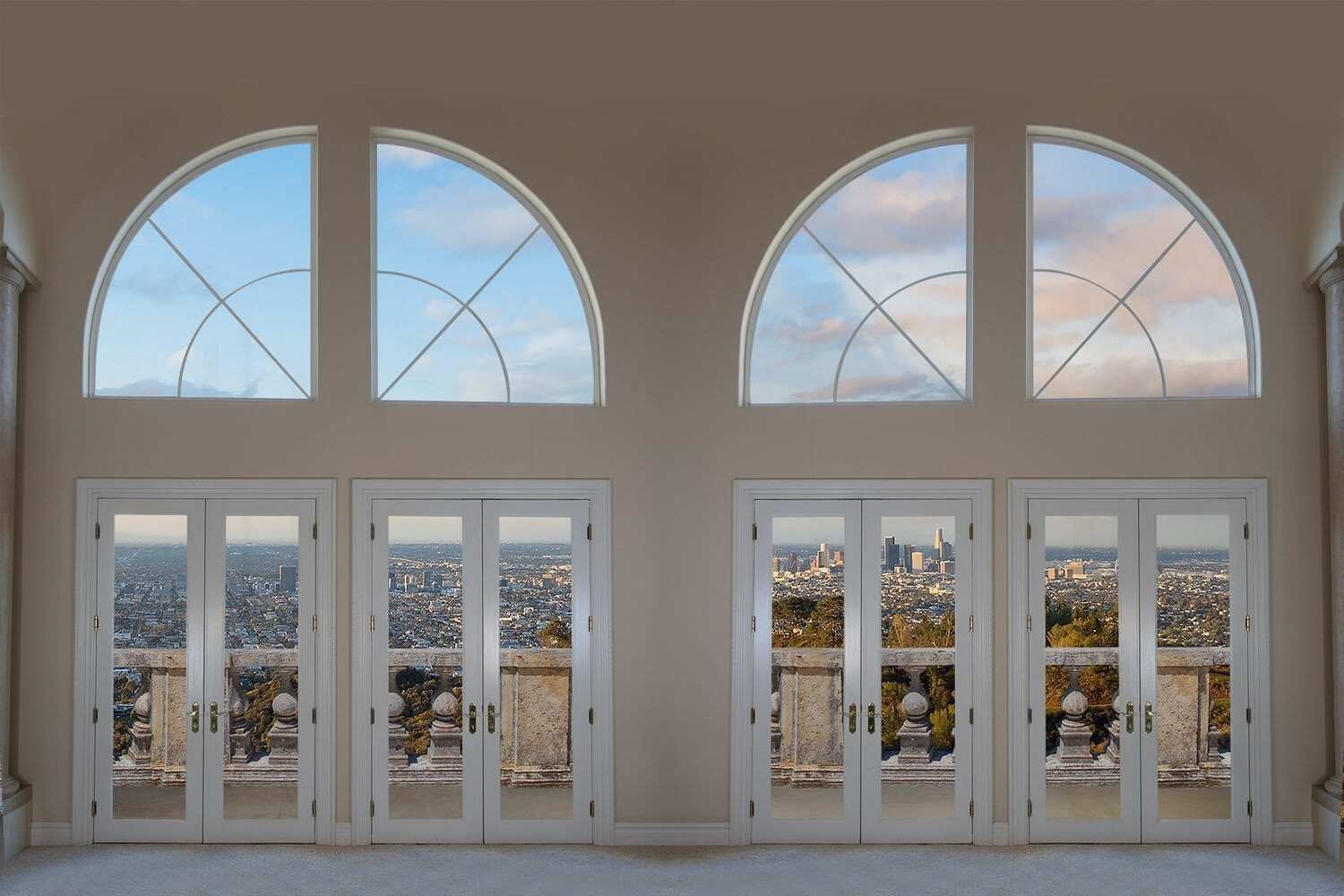
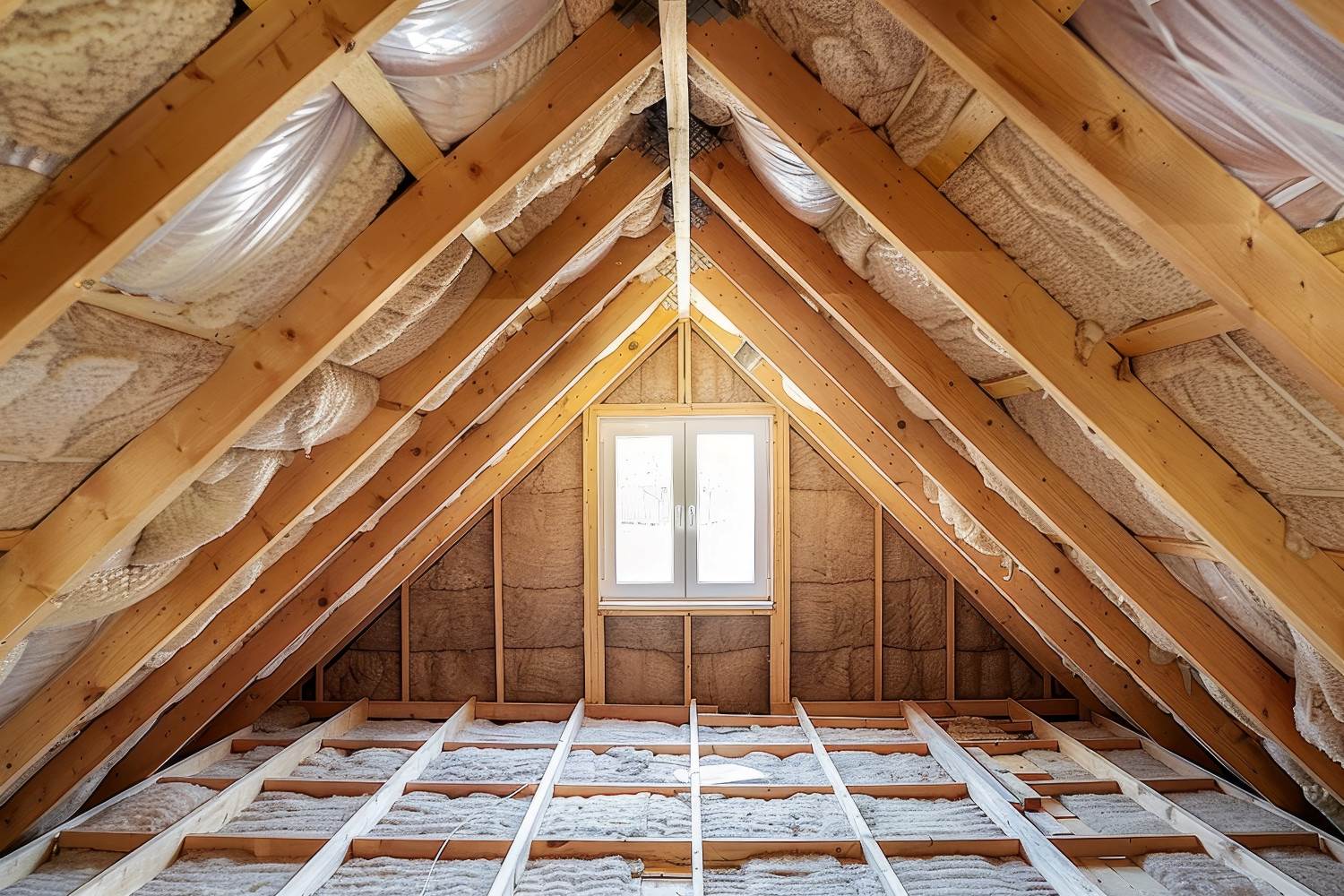
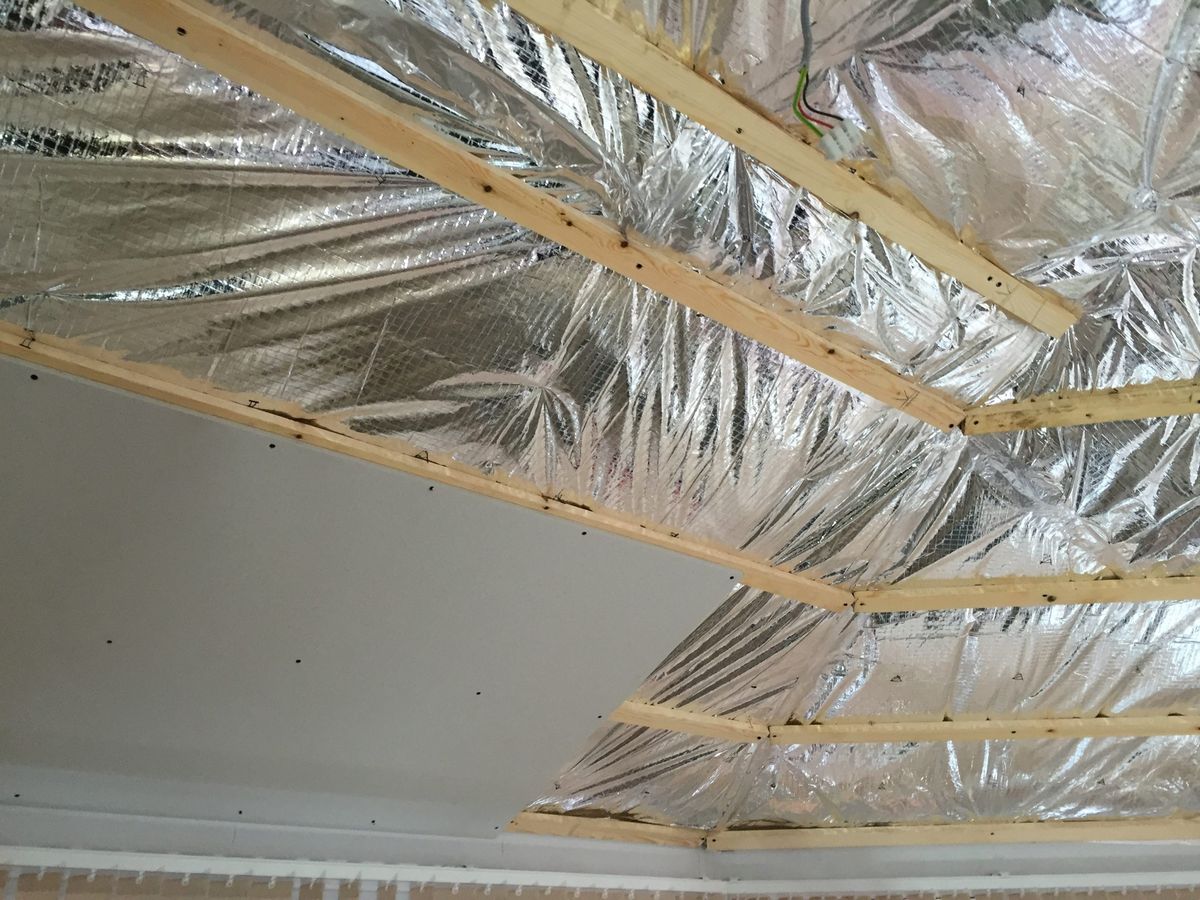

0 thoughts on “Upgrading Your Home’s Crawl Space For Better Insulation”